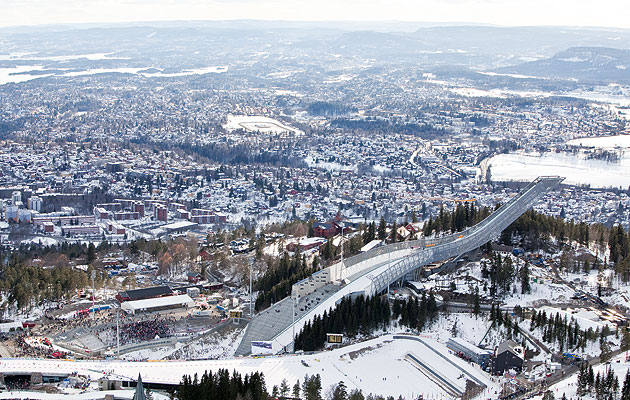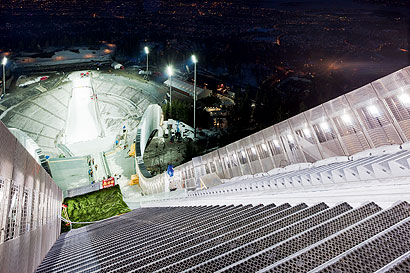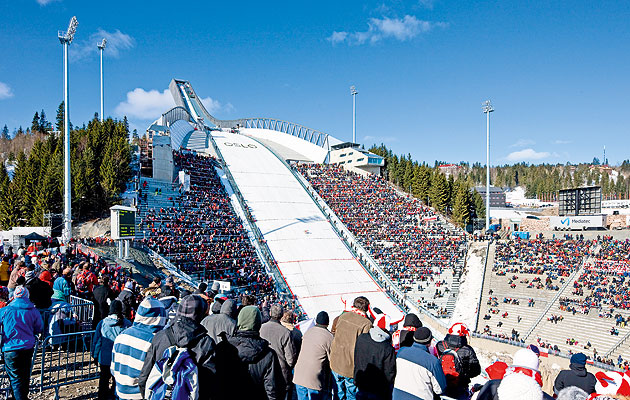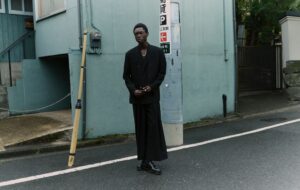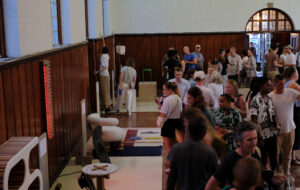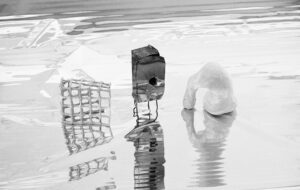|
The jump could be the longest cantilever in the world (image: Iwan Baan) |
||
|
The Holmenkollen Ski Jump above Oslo, by Julien De Smedt’s JDS Architects, has now opened for competition. Contrary to what one might think, a ski jump is not a simple job, an excuse for an architect to go wild. A multitude of strange spaces had to be accommodated, De Smedt says: the ski jump itself, the judging booth, the spectators areas, a ski museum – even a private lounge for the Norwegian royal family. De Smedt’s strategy was to combine all of these awkward elements into one single built form. “Magically, everything fits in there,” says De Smedt. The strategy is successful. The sweeping curve of the superstructure remains unified all the way down to the arena at the bottom, and the spectacle of the ski-jumping is accentuated by expressing the tower as a large, gravity-defying truss. De Smedt suspects this might be “the longest cantilever in the world”. One of the results of this is that the lifts inside the tower have to run at an angle from a lobby carved out of the mountain, adding a certain James Bond villain charm to the structure – and a reminder of De Smedt and Bjarke Ingels’ 2008 Mountain Dwellings. Rather than the structural achievements, however, what really excites De Smedt is the extension of the public realm to the very top of the tower, in the form of a public viewing gallery. “It’s social, just like an urban square, but obviously it’s floating above the city,” he says. With all the drama of this structure it seems a little strange for De Smedt to be most proud of this small aspect of the project rather than the technical theatrics of the form, but he needed to push hard for the platform not to be caged off. It’s a good thing too, as from this precarious vantage point visitors can enjoy a magnificent view down to the city below, because, as De Smedt says, “Oslo is an icon as well.”
A view from the top of the cantilever (image: Iwan Baan) |
Words Douglas Murphy |
|
|
||
|
The ski jump conceals a large number of functions (image: Iwan Baan) |
||

